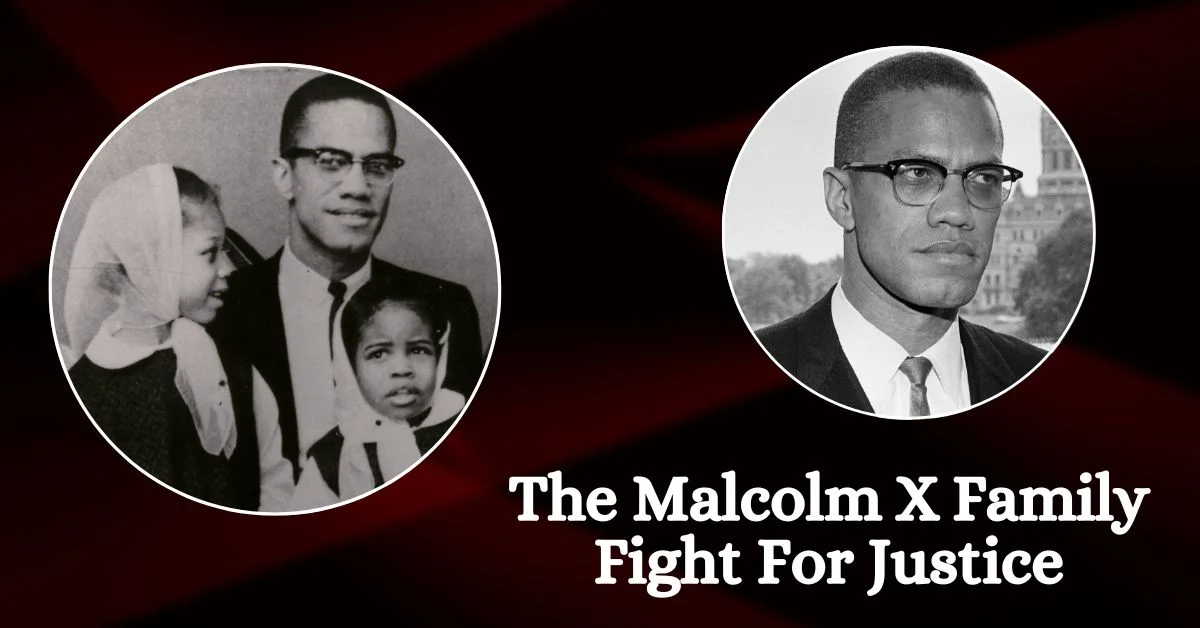
[Today marks the 59th anniversary of the assassination of Malcolm X. See CovertAction Magazine’s in-depth exploration of the crime as an addendum to this piece.—Editors]
In mid-November, three daughters of Malcolm X (aka el-Hajj Malik el-Shabazz) accused the CIA, FBI, the New York Police Department and the Department of Justice with involvement in the 1965 assassination of the activist leader.
The daughters, spearheaded by Ilyasah Shabazz and represented by Attorney Ben Crump, filed a $100 million lawsuit in conjunction with the Malcolm X estate, claiming these agencies were aware of and involved in the assassination, and failed to stop it.
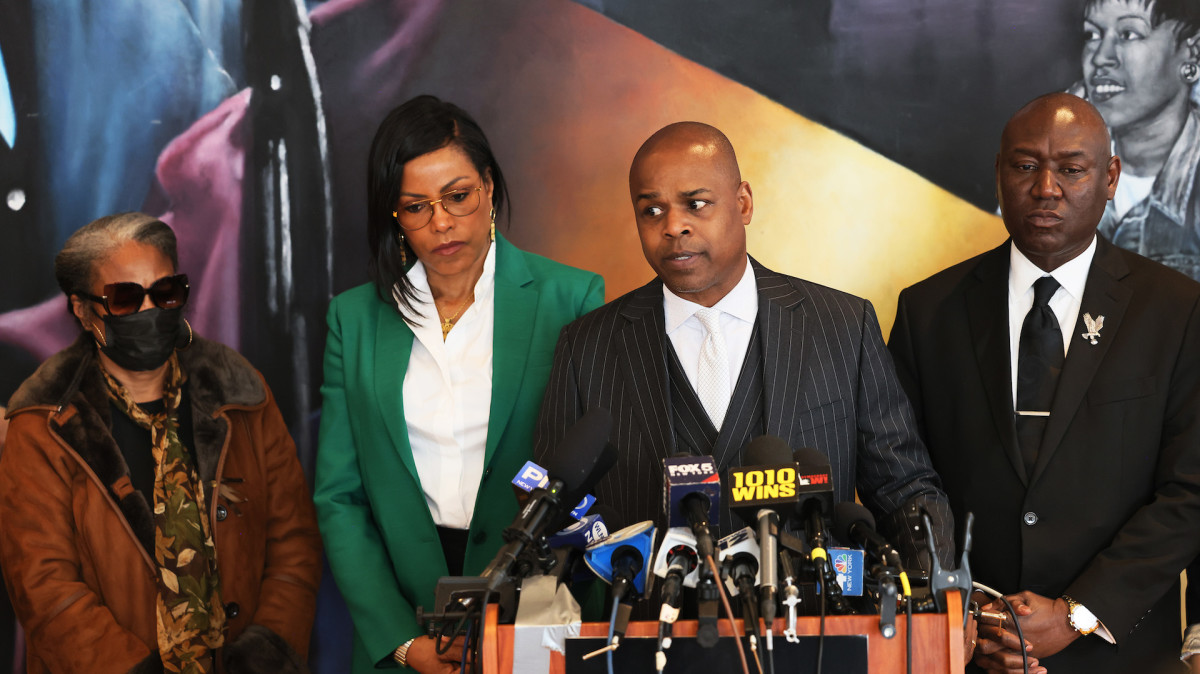
Their lawsuit claims that the New York Police Department (NYPD), working with federal law enforcement agencies, arrested Malcom X’s own security guards days before the assassination, while also removing their own police security detail that was present at all of Malcolm’s events in the previous year or more. These agencies also had undercover agents at the scene of the assassination who failed to protect Malcolm X.[1]
U.S. Intelligence Documents and Actions Support Daughters’ Claims About the FBI
An FBI memorandum of March 4, 1968, discussed the “long range goals” including: “Prevent the rise of a ‘messiah’ who could unify, and electrify, the militant black nationalist movement.” Malcolm X might have been such a “messiah.” This and other documents presented how Malcolm X had clearly emerged as U.S. Intelligence’s top threat.[2]
Malcolm’s influence over large numbers of American Blacks first came through his Nation of Islam (NOI) leadership as its national spokesman. The FBI began their surveillance file on him early in the 1950s.[3]
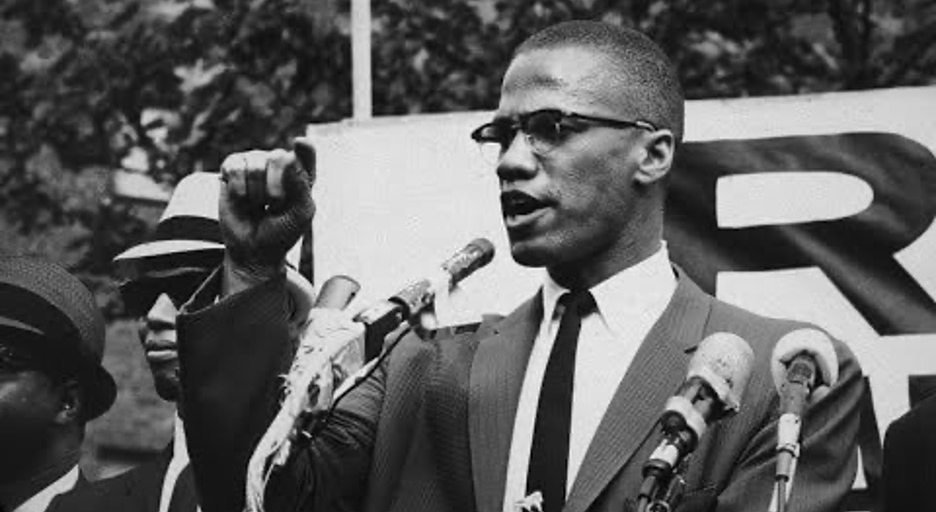
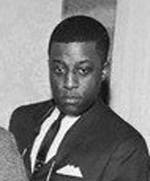
As early as 1958, New York detectives shot up Malcolm X’s office, for which the city settled with Malcolm in a $24 million lawsuit. FBI undercover agent John X Ali, who infiltrated the NOI, could provide the floor plan since he was living with Malcolm at the time. [4]
By the start of the 1960s, FBI documents revealed that U.S. intelligence wrote up to several reports a week on Malcolm due to his radical influence over Blacks.
Agent John X Ali also reportedly played a part in orchestrating the firebombing of Malcolm’s house in 1965. Ali had risen to a national secretary assignment, one of the highest leadership positions in the NOI. NOI leader Elijah Muhammad’s son, Wallace Muhammad, said several FBI undercover agents in the NOI national staff helped Ali make that rise, as also attested to by FBI documents.[5]
Evidence of the New York Police and CIA’s Involvement in the Assassination of Malcolm X
High-level CIA whistleblower Victor Marchetti explained in a 1974 expose that the CIA director was “the titular chief of the entire intelligence community.”[6]
This would include the FBI and the Bureau of Special Services and Investigation (BOSS), the NYPD’s special intelligence unit working against leftist political groups.
In the 1960s, BOSS carried out investigations and operations against political activists and was spearheaded by Lieutenant Angelo Galante who had previously worked for the CIA, specializing in fighting against revolutionary guerrilla forces behind enemy lines.[7]
From the late 1950s on, Malcolm X’s leadership of the New York NOI mosque also helped him meet with Third World revolutionaries and African leaders at the New York-based United Nations. The CIA grew concerned about Malcolm’s influence amongst these leaders. African leaders soon hosted Malcolm X and had him take part in their political decisions.
Malcolm believed that U.S. Intelligence said CIA agents made their presence obvious to try to intimidate him as he traveled through Africa. They did not want him to present a planned United Nations appeal to African leaders that the U.S. was violating American Blacks’ human rights.[8]
In late July 1964 Malcolm X ate at a restaurant in Cairo, Egypt, where he said he felt poison in his food. He realized that he recognized the waiter as someone he had seen in New York. Rushed to the hospital, he was barely saved by a stomach pumping. The attending doctor said there was a toxic substance in his food. Malcolm had been concerned about death threats from the NOI he had left that year but he knew that they did not have a global spy capacity.[9]
Several other disclosures supporting CIA attempts on Malcolm X’s life include one from a high-level African diplomat. He said that the French Counter-Espionage Department reported that the CIA planned Malcolm’s murder, and France barred Malcolm for the first time in fear of getting scapegoated for the assassination.[10]
Furthermore, the FBI Director wrote a confidential memo on Malcolm’s travel plans through Britain and France. He sent it to the CIA Director, the Army Intelligence (Intel) chief, the Naval Intel Director, and the Air Force Counterintel chief, as well as Intel chiefs in London and Paris.[11] One such memorandum on Malcolm and African leaders went directly to the CIA director of covert action, Richard Helms, who had a key role in assassination plots.[12]
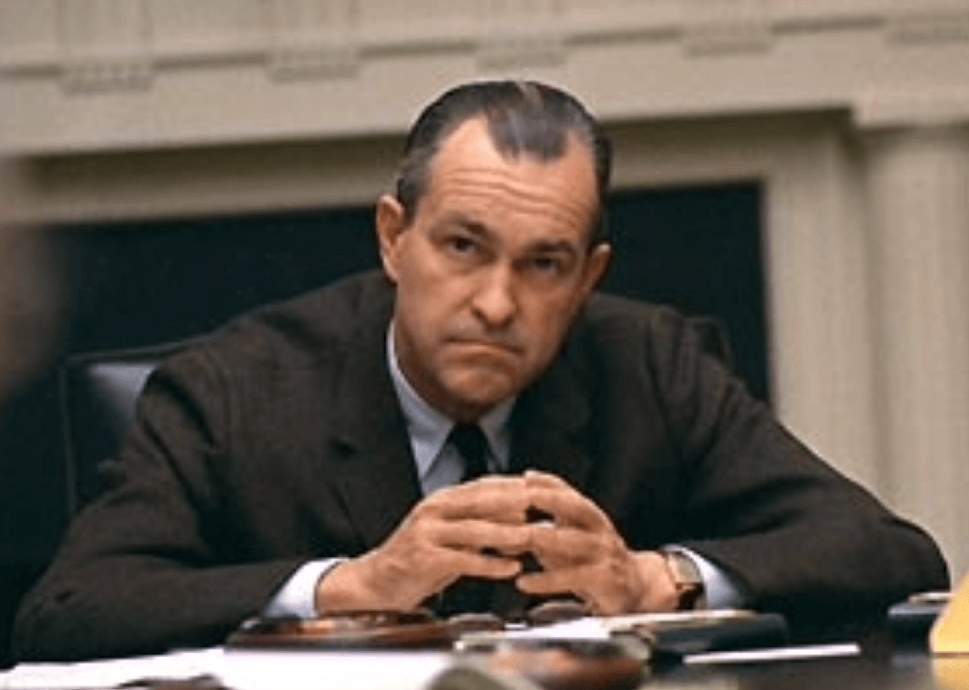
The FBI and Malcolm X’s Assassination in New York and Reversal of Convictions in 2021
Gunmen carried out Malcolm X’s assassination on February 21, 1965, in the Audubon Ballroom in New York City. An FBI document said (undercover agent) John Ali met with Talmadge Hayer (aka Thomas Hagan), one of the gunmen who shot Malcolm X, the night before the assassination.[13]
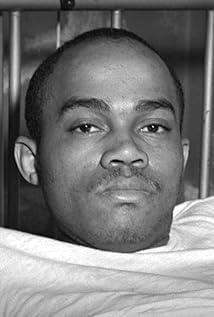
As the Shabazz daughters’ lawsuit states, at the Audubon Ballroom where Malcolm X gave his last speech, uniformed police left the area despite usually filling the hall inside and outside where Malcolm gave speeches.[14]
Meanwhile, the New York Herald Tribune also said a “high police official” confirmed that several undercover BOSS agents were in the Ballroom audience at the assassination.[15]
In 1969, undercover BOSS police agent Gene Roberts testified that he was the first to arrive at Malcolm’s body and he “proceeded to give Malcolm X mouth-to-mouth resuscitation.”[16]
Gene Roberts contradicted any good intentions in his later interviews and actions. For example, in interviews years later he described the actions of his wife Joan Roberts who was with him at the event. When Malcolm X was shot, Malcolm’s wife Betty Shabazz first tried to cover her daughters and screamed, “They’re killing my husband!”[17]
When the shooting stopped, Shabazz, a nurse, went to run to her husband, but Joan Roberts grabbed her. Shabazz struggled to get free, threw Roberts into a wall and ran to Malcolm. Gene Roberts said he was there checking Malcolm’s pulse. He turned to Shabazz and said Malcolm was dead.[18]
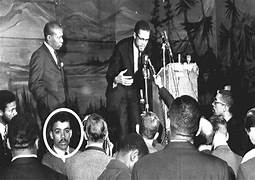
The actions of Roberts parallel the actions of undercover infiltrator, military intelligence agent Marrell McCollough in Martin Luther King, Jr.’s assassination. McCollough disclosed how he raced to and knelt over MLK as he lay bleeding from the shooting.
An MLK friend, writer William Pepper, noted that McCollough was “apparently checking him for life signs,” making sure the assassination was successful and signaling to military intelligence that “the army snipers there as backup shooters” were not needed.[19]
Undercover agent Gene Roberts later infiltrated Malcolm X’s followers in the Harlem Black Panthers and unsuccessfully attempted to have them convicted of many charges.
And finally, the New York Herald Tribune and The New York Times reported that, just after the shooting of Malcolm, police detained two people whom the crowd had grabbed. Patrolman Thomas Hoy said that Malcolm’s supporters grabbed one suspect and he grabbed a second suspect being chased by some people. Hoy further said, “the crowd began beating me and the [second] suspect” in the Ballroom. In the following days, the Herald Tribune, the Times and a mass of media accounts never mentioned a second suspect.[20]
In 1966, New York authorities convicted three men of assassinating Malcolm: Talmadge Hayer (aka Thomas Hagan, later Mujahid Abdul Halim), Muhammad Abdul Aziz and Khalil Islam. The latter two had their convictions overturned in 2021, with a re-investigation by The Innocence Project finding FBI documents pointing to other suspects and police ignoring a warning given to New York’s Daily News that Malcolm X would be killed that day.
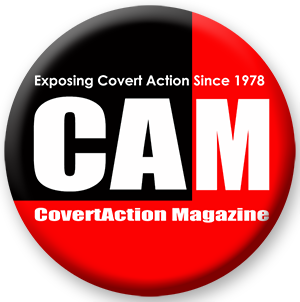
Larry Neumeister, “The daughters of Malcolm X sue the CIA, FBI and NYPD over the civil rights leader’s assassination,” Associated Press, November 15, 2024. ↑
On FBI document, FBI memorandum, March 4, 1968. In Clayborne Carson, Malcolm X: The FBI File (New York: Carroll & Graf, 1991), p. 17. Also see, Kenneth O’Reilly, Racial Matters: The FBI’s Secret File on Black America, 1960-1972 (New York: The Free Press, 1989), pp. 112, 217, cited in Ward Churchill and Jim Vander Wall, The COINTELPRO Papers: Documents from the FBI’s Secret Wars Against Dissent in the United States (Boston: South End Press, 1991), p. 170. ↑
Clayborne Carson, Malcolm X: The FBI File, p. 18. ↑
Karl Evanzz, The Judas Factor: The Plot to Kill Malcolm X (New York: Thunder’s Mouth Press, 1992), p. 73; and Karl Evanzz, The Messenger: The Rise and Fall of Elijah Muhammad (New York: Pantheon, 1999), pp. 187-88, 192, 317. Also see, Louis E. Lomax, To Kill a Black Man (Los Angeles: Holloway House, 1987), pp. 82, 103. All cited in James W. Douglass, “The Murder and Martyrdom of Malcolm X”; and Jim DiEugenio and Lisa Pease, eds., The Assassinations: Probe Magazine on JFK, MLK, RFK and Malcolm X (Los Angeles: Feral House, 2003), pp. 378-81. ↑
See interview of Nation of Islam Captain Joseph X in Spike Lee, By Any Means Necessary: The Trials and Tribulations of the Making of Malcolm X (New York: Halperion, 1992), p. 63, and Brother Minister: The Assassination of Malcolm X, a 1997 film directed by Jack Baxter. Author James Douglass’s interview with Wallace Muhammad, now W.D. Muhammad, February 2, 1999, and Evanzz, The Messenger, p. 317, both cited in Douglass, Assassinations, ed. Di Eugenio and Pease, 379. Wallace himself accepted FBI money for information after fearing his half-siblings’ actions for Wallace aiding Malcolm X. ↑
Victor Marchetti and John D. Marks, The CIA and the Cult of Intelligence (New York: Dell Publishing, 1974), p. 96. ↑
Murray Kempton, The Briar Patch: The People of the State of New York v. Lumumba Shakur et al. (New York: Dutton, 1973), p. 57. This book was a National Book Award winner. Also see Michael Newton, Bitter Grain: Huey Newton and the Black Panther Party (Los Angeles: Holloway House, 1991), p. 176. ↑
Malcolm X and Alex Haley, The Autobiography of Malcolm X (New York: Grove Press, 1965). ↑
Jan Carew, Ghosts in Our Blood: With Malcolm X in Africa, England, and the Caribbean (Chicago: Lawrence Hill, 1994), p. 39, cited in The Assassinations, ed. Di Eugenio and Pease, 396. ↑
African diplomat’s statement made to Eric Norden, “The Murder of Malcolm X,” The Realist, February 1967, p. 12, cited in The Assassinations, p. 404. ↑
FBI Director J. Edgar Hoover, February 4, 1965, memorandum. Besides the intelligence agencies mentioned, Hoover also sent this memo to the Attorney General and the Foreign Liaison Unit, Baba Zak A. Condo, Conspiracies: Unraveling the Assassination of Malcolm X (Washington, D.C.: Nubia Press, 1993), pp. 271-72, endnote 491. ↑
August 11, 1964, CIA memorandum from Deputy Director of Plans, titled “ACTIVITIES OF MALCOLM POSSIBLE INVOLVEMENT OF AFRICAN NATIONS IN U.S. CIVIL DISTRUBANCES,” cited by Kondo, Conspiracies, pp. 49 and 242 (endnote 280), and Evanzz, The Judas Factor, p. 254, cited in The Assassinations, pp. 398-99 (endnote 118). ↑
Peter Goldman, The Death and Life of Malcolm X (2nd edition) (Champaign, IL: University of Illinois Press, 1979), p. 314. See also The New York Times, March 3, 1966, p. 24, cited in The Assassinations, pp. 410-11. ↑
See Patricia Russell’s eyewitness account in The Baltimore Afro-American, February 27, 1965, cited in George Breitman, Herman Porter and Baxter Smith, The Assassination of Malcolm X (New York: Pathfinder Press, 1991), pp. 58-59. Then, after the assassination, police calmly filled the hall within 15 minutes, without drawing their guns. See also Earl Grant, “The Last Days of Malcolm X,” in John Henrik Clarke, ed., Malcolm X: The Man and His Times (New York: Macmillan, 1975), p. 96, and Lee, By Any Means Necessary, p. 42. ↑
New York Herald Tribune, February 23, 1965, cited in Breitman, Porter and Smith, The Assassination of Malcolm X, p. 54. ↑
Kempton, The Briar Patch, pp. 200-201. “‘What appeared to be twenty minutes later,’” Roberts finished, “police finally got there and took him over to the medical center.’” This disclosure contradicts police officer Henry’s attempt to call back-up officers and Police Inspector Taylor’s claim of 20 police officers at the Ballroom.
Malcolm X’s daughter, Ilyasah Shabazz, in Corey Kilgannon, “Remembering Malcolm X In the Place Where He Fell,” The New York Times, February 21, 2005, p. B1. ↑
On Joan Roberts grabbing Betty Shabazz, see Elaine Rivera, “Out of the Shadows: The Man Who Spied on Malcolm X,” Newsday, July 23, 1989. On Gene Roberts checking Malcolm X’s pulse, see author Douglass’s interview with Roberts, July 7, 2000, both cited in Douglass, “The Murder and Martyrdom of Malcolm X,” in The Assassinations, ed. Di Eugenio and Pease, 413. On turning to Betty Shabazz and saying Malcolm’s dead, see Kempton, The Briar Patch, p. 200.
William F. Pepper, Orders to Kill: The Truth Behind the Murder of Martin Luther King, Jr. (New York: Time Warner, 1998), pp. 128, 431, 481, 485. ↑
New York Herald Tribune, February 22, 1965, front-page (early edition) headline and description of two men being grabbed and beaten by the mob before police took custody of them. This was changed without explanation in the later edition. Also see The New York Times, February 22, 1965, all cited in Breitman, Porter and Smith, The Assassination of Malcolm X , pp. 52-54. U.S. Intelligence has stated in their internal documents having that kind of censorship control over media organizations. For one of many examples, see Joseph Crewden, “Worldwide Propaganda Network Built by the C.I.A.,” The New York Times, December 26, 1977, p. 1. ↑
CovertAction Magazine is made possible by subscriptions, orders and donations from readers like you.
Blow the Whistle on U.S. Imperialism
Click the whistle and donate
When you donate to CovertAction Magazine, you are supporting investigative journalism. Your contributions go directly to supporting the development, production, editing, and dissemination of the Magazine.
CovertAction Magazine does not receive corporate or government sponsorship. Yet, we hold a steadfast commitment to providing compensation for writers, editorial and technical support. Your support helps facilitate this compensation as well as increase the caliber of this work.
Please make a donation by clicking on the donate logo above and enter the amount and your credit or debit card information.
CovertAction Institute, Inc. (CAI) is a 501(c)(3) non-profit organization and your gift is tax-deductible for federal income purposes. CAI’s tax-exempt ID number is 87-2461683.
We sincerely thank you for your support.
Disclaimer: The contents of this article are the sole responsibility of the author(s). CovertAction Institute, Inc. (CAI), including its Board of Directors (BD), Editorial Board (EB), Advisory Board (AB), staff, volunteers and its projects (including CovertAction Magazine) are not responsible for any inaccurate or incorrect statement in this article. This article also does not necessarily represent the views the BD, the EB, the AB, staff, volunteers, or any members of its projects.
Differing viewpoints: CAM publishes articles with differing viewpoints in an effort to nurture vibrant debate and thoughtful critical analysis. Feel free to comment on the articles in the comment section and/or send your letters to the Editors, which we will publish in the Letters column.
Copyrighted Material: This web site may contain copyrighted material the use of which has not always been specifically authorized by the copyright owner. As a not-for-profit charitable organization incorporated in the State of New York, we are making such material available in an effort to advance the understanding of humanity’s problems and hopefully to help find solutions for those problems. We believe this constitutes a ‘fair use’ of any such copyrighted material as provided for in section 107 of the US Copyright Law. You can read more about ‘fair use’ and US Copyright Law at the Legal Information Institute of Cornell Law School.
Republishing: CovertAction Magazine (CAM) grants permission to cross-post CAM articles on not-for-profit community internet sites as long as the source is acknowledged together with a hyperlink to the original CovertAction Magazine article. Also, kindly let us know at info@CovertActionMagazine.com. For publication of CAM articles in print or other forms including commercial internet sites, contact: info@CovertActionMagazine.com.
By using this site, you agree to these terms above.
About the Author

John Potash is the author of the books and films: The FBI War on Tupac Shakur (2nd ed), Drugs as Weapons Against Us: The CIA War on Musicians and Activists, and Shots: Eugenics to Pandemics (2022). His latest film is CIA Drugs R Us! A Drugs as Weapons… Sequel (2024) which reviews CHAOS in light of other CIA operations. John’s work can be found at johnpotash.com and he can be reached at: jlpotash@gmail.com.
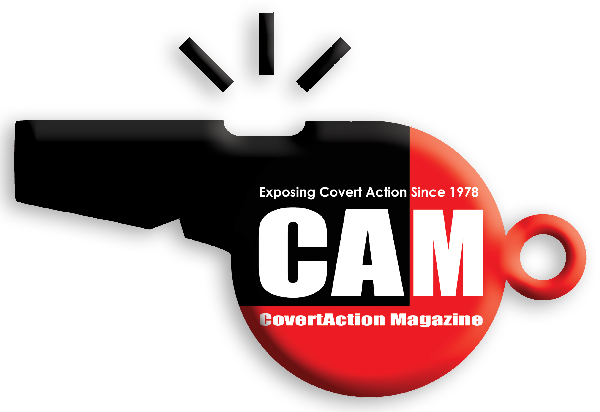
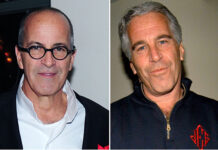
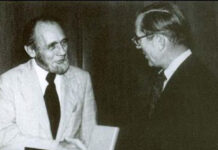
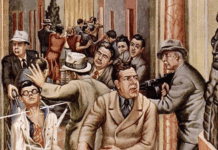
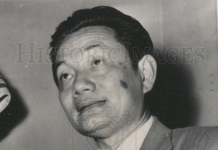
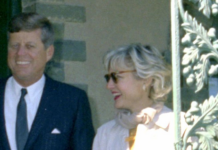
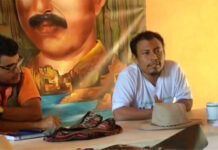
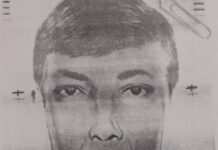
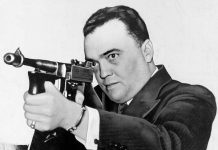
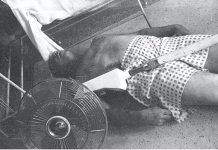
Yes, I understand that William Pepper wrote a third book on the assassination with that conclusion. Still, Pepper never changed his mind about McCullough’s role with Military Intelligence regarding aiding MLK’s assassination. Pepper pointed out that McCullough was then promoted to the CIA soon after that event, as he documented in his first 2 books on the investigation, Orders to Kill, and then Act of State about his successful lawsuit on behalf of the King family against Loyd Jowers and the U.S. government collaborators. Thanks for the careful reading and I hope you liked the rest of the article.
An MLK friend, writer William Pepper, noted that McCollough was “apparently checking him for life signs,” making sure the assassination was successful and signalling to military intelligence that “the army snipers there as backup shooters” were not needed.”
I am not sure about this. The assassination was not successful at that point because MLK was still alive. From the description of his injury it is difficult to say what the outcome would be.
Besides, there appears to have been a contingency plan to finish him off in St Joseph’s Hospital where he was taken immediately after the shooting.
Dr William Pepper later endorsed the idea that MLK was finished off with a pillow over his face. This claim does seem very plausible to me.
It is also worth considering whether Lee Harvey Oswald was also finished off in hospital as his wound does not sound like it would necessarily have been fatal either:
https://www.bing.com/videos/riverview/relatedvideo?q=mlk+finished+off+in+hospital%2b+william+pepper+uk%2brt&mid=97724D2705355F546C9197724D2705355F546C91&FORM=VIRE